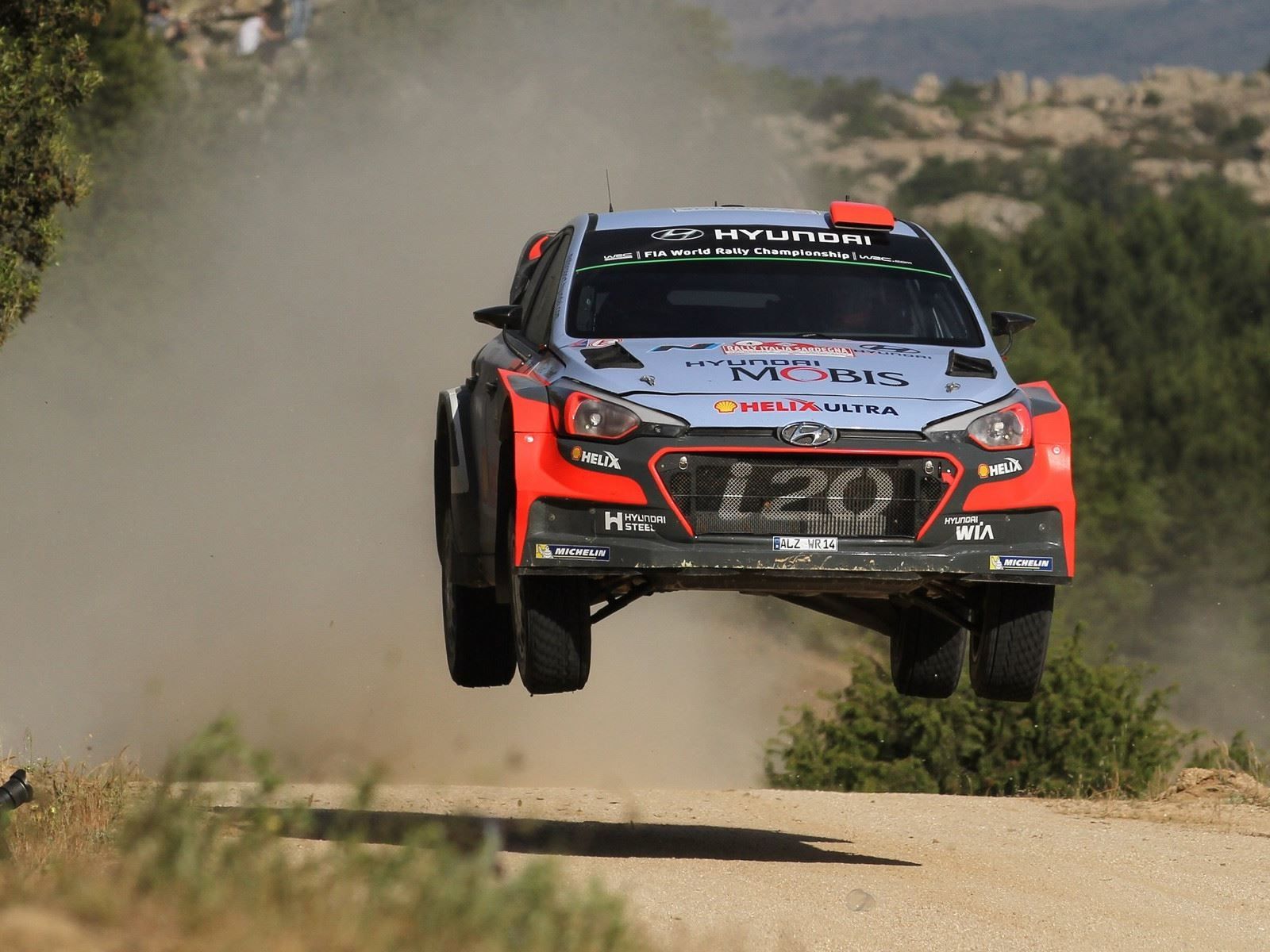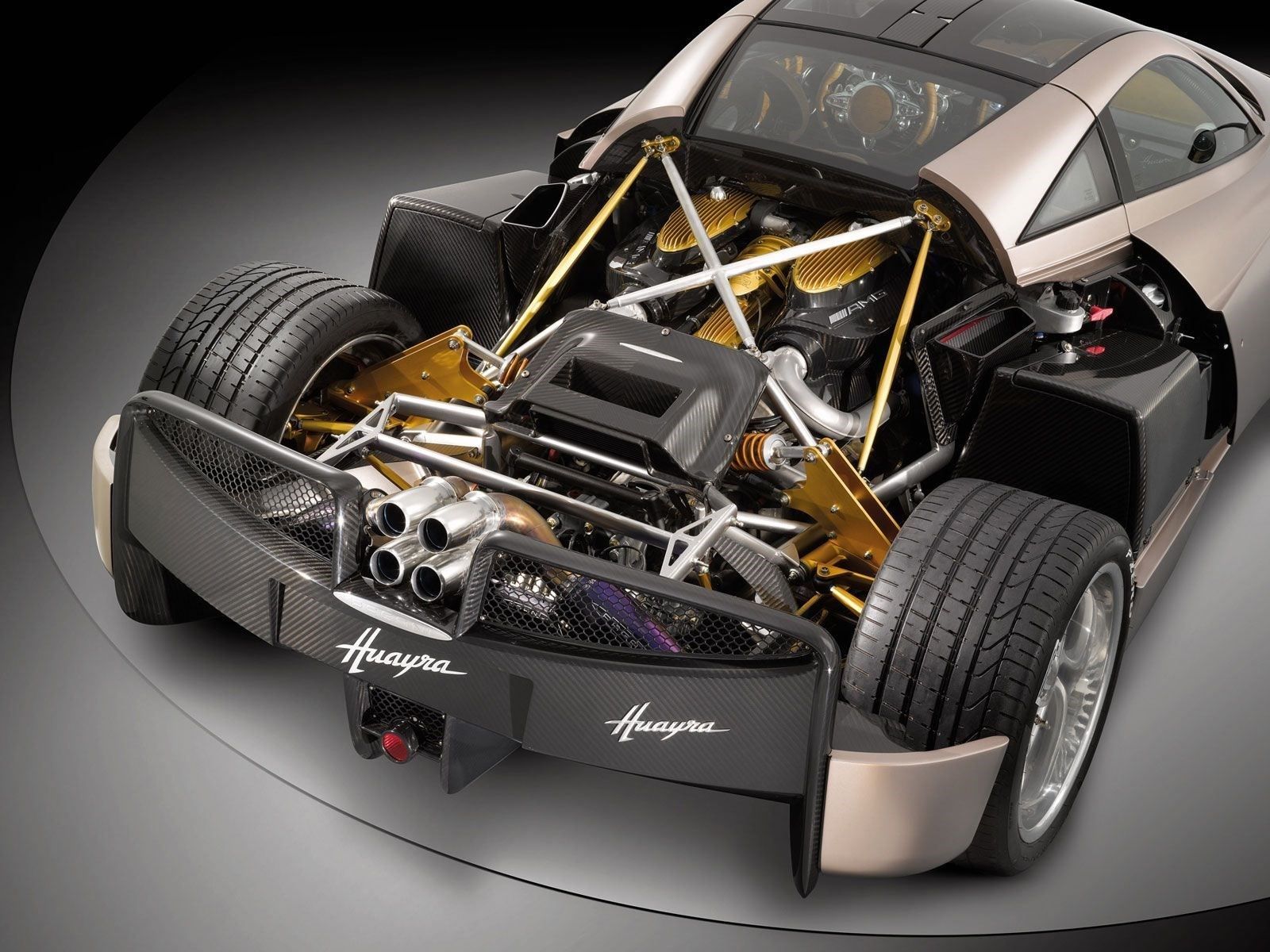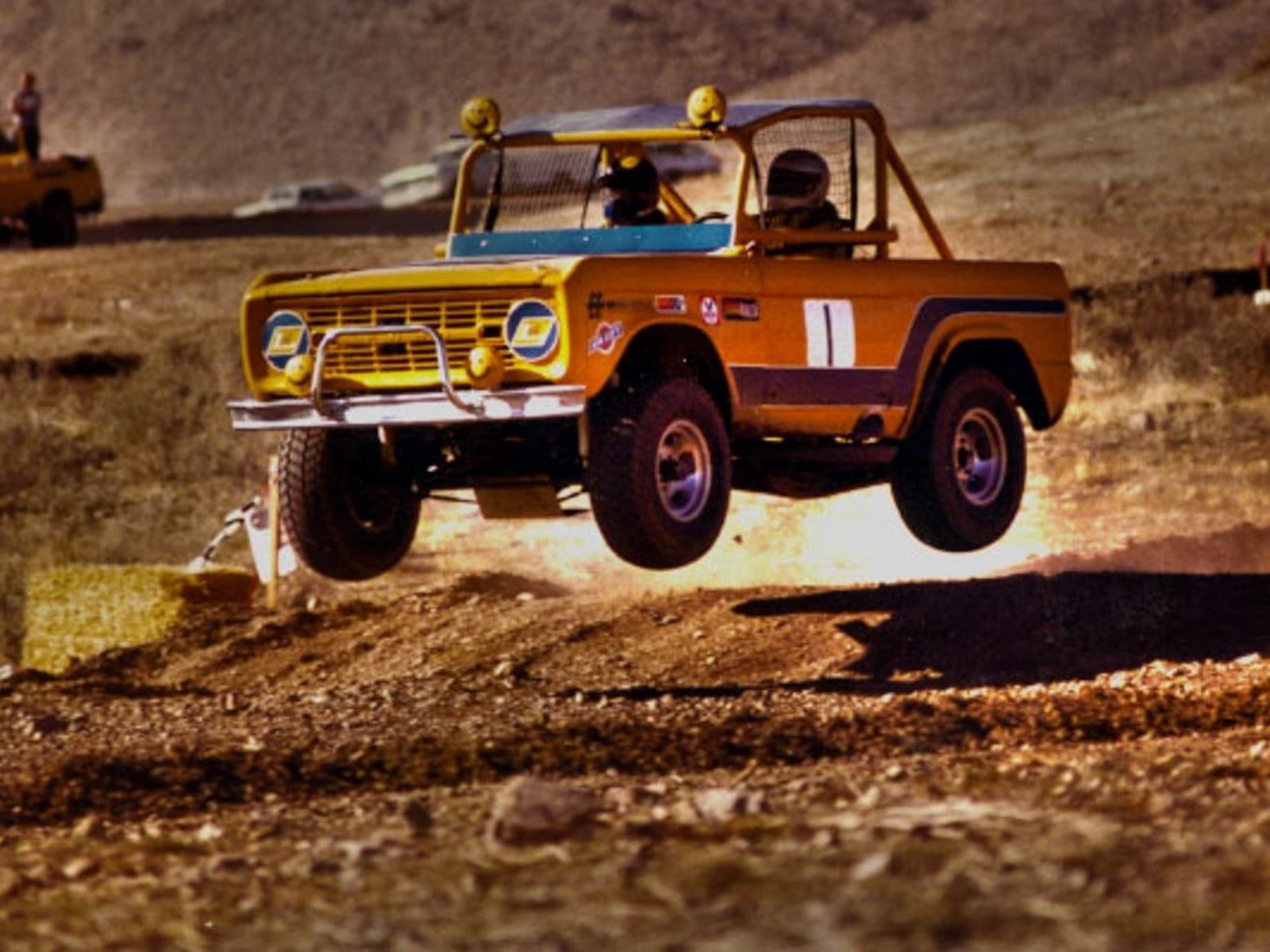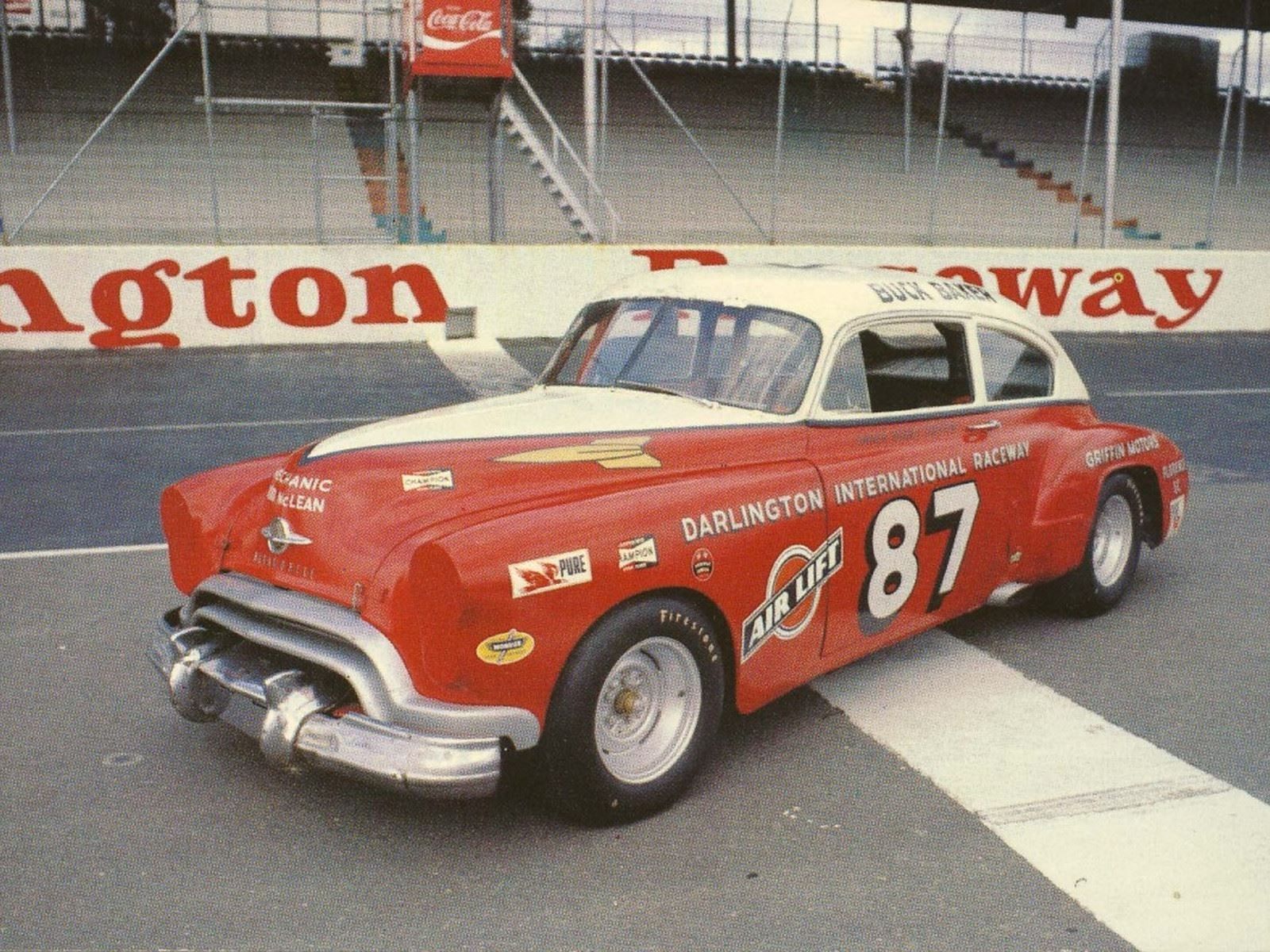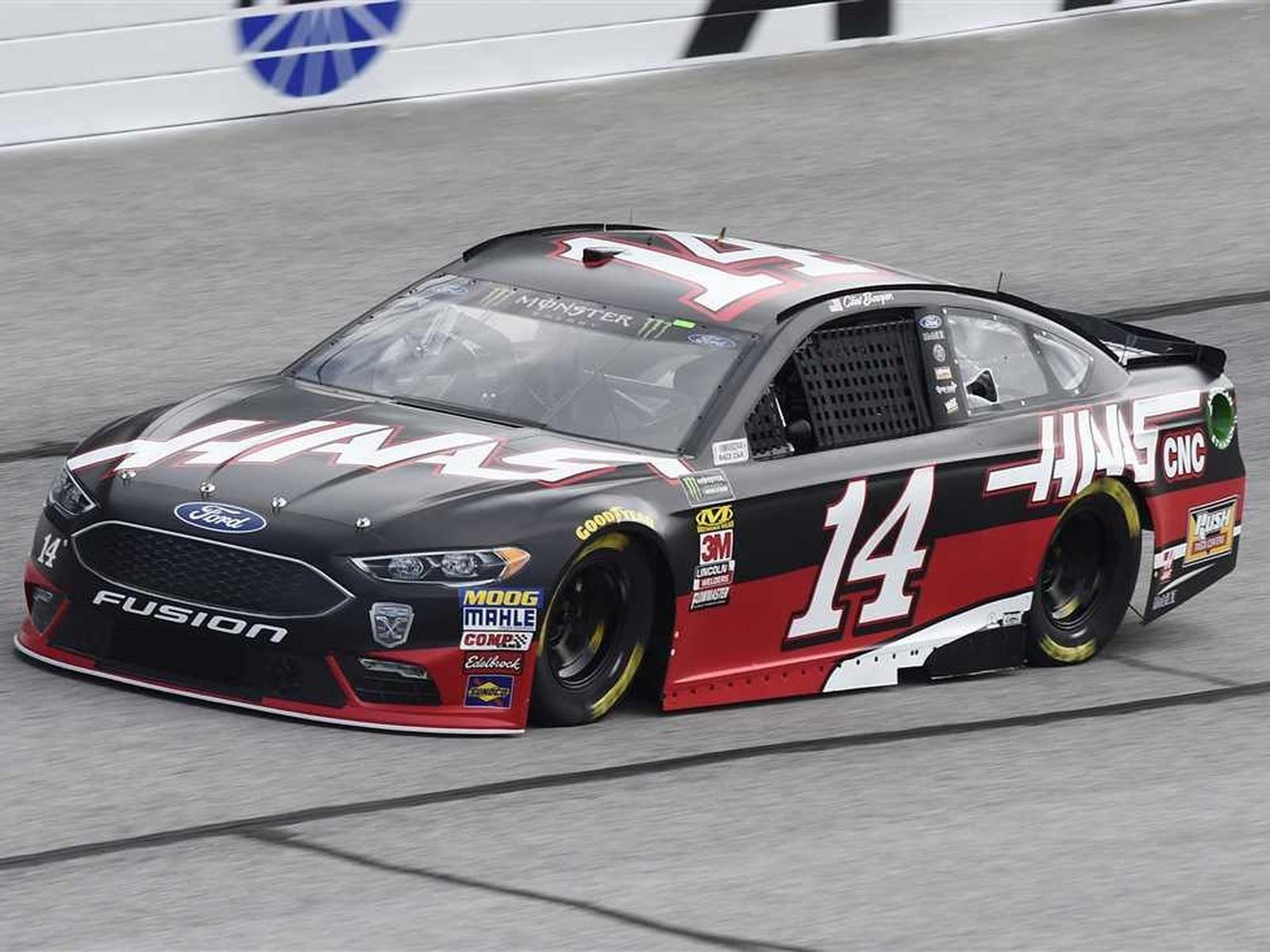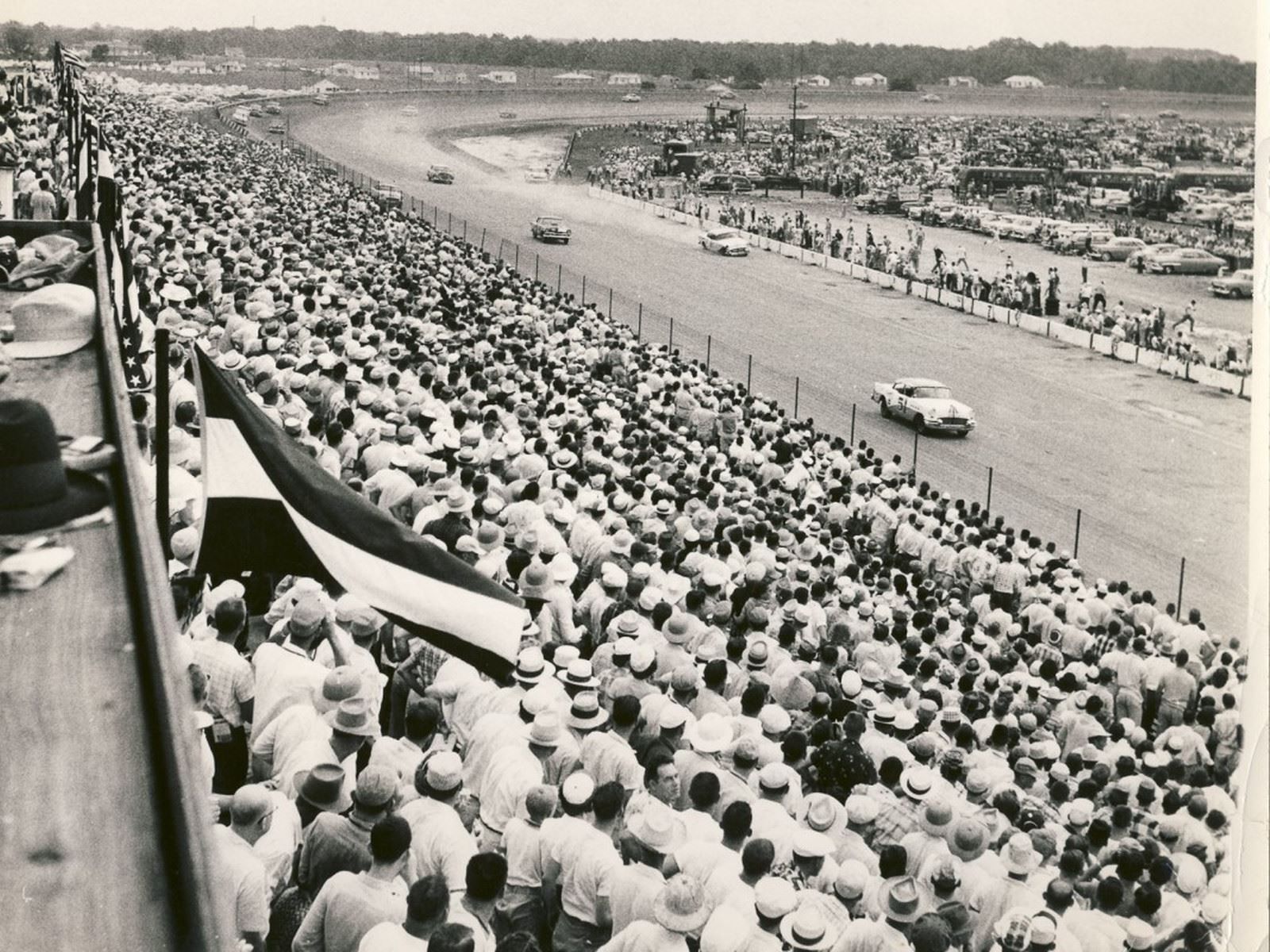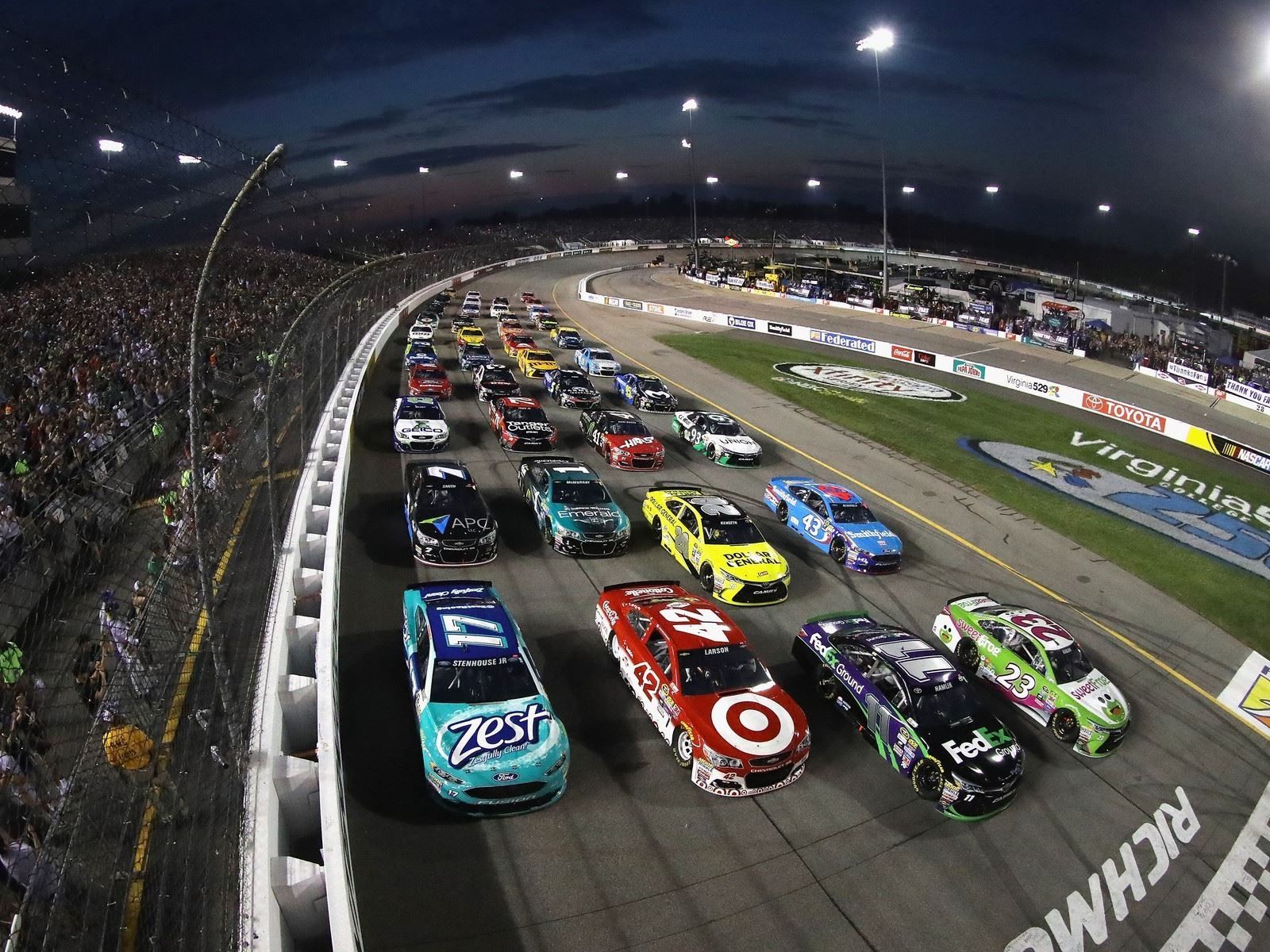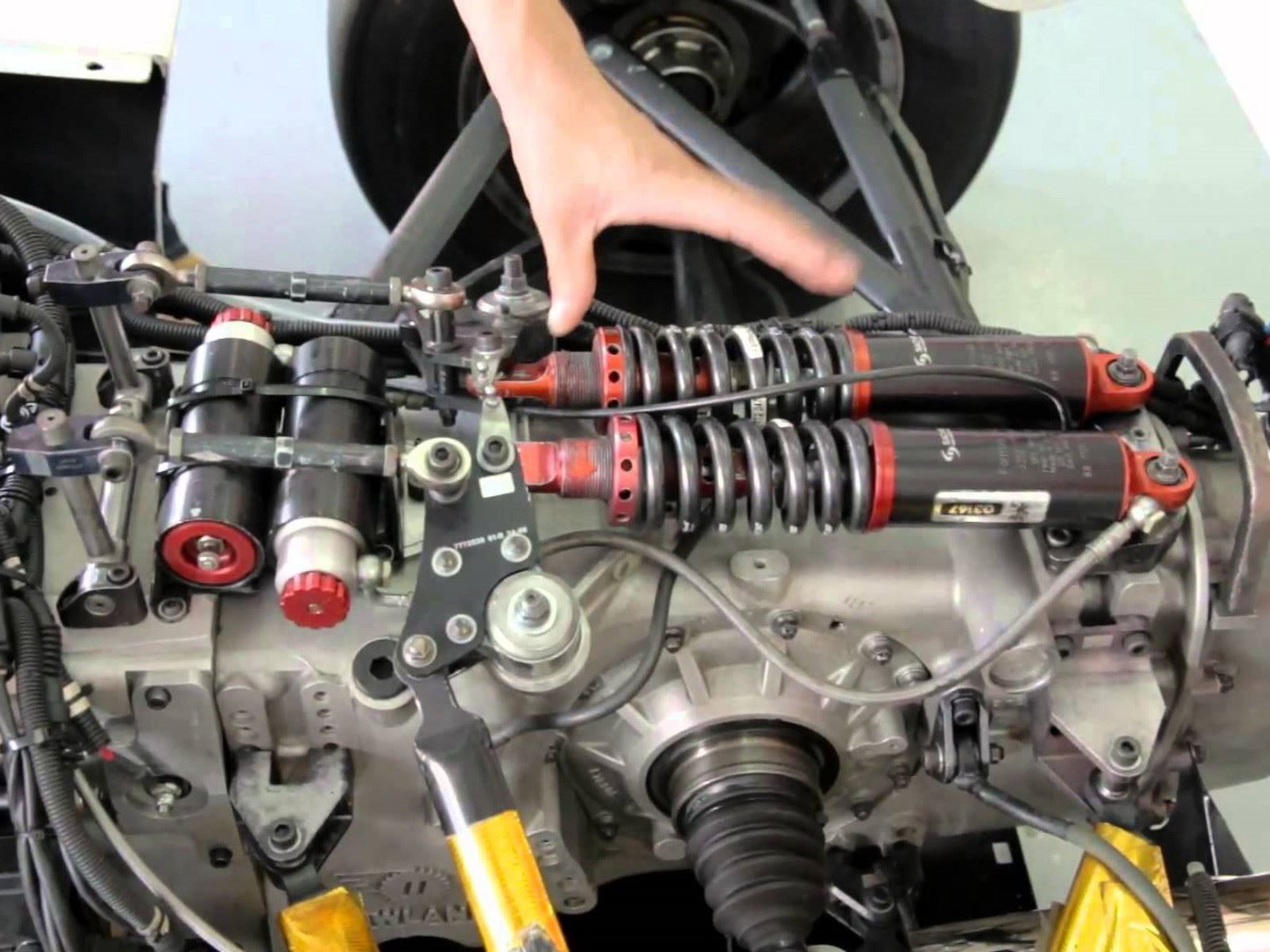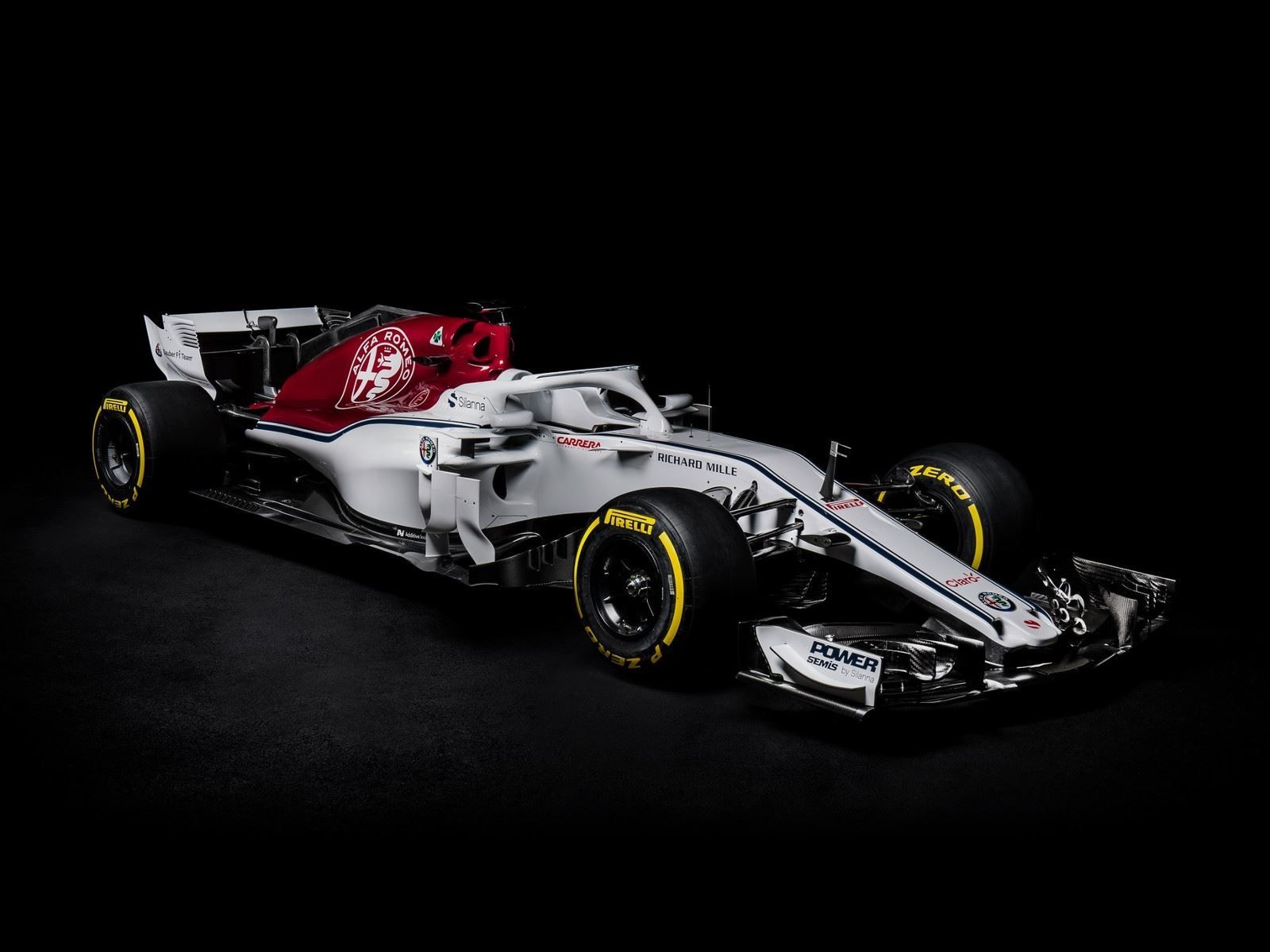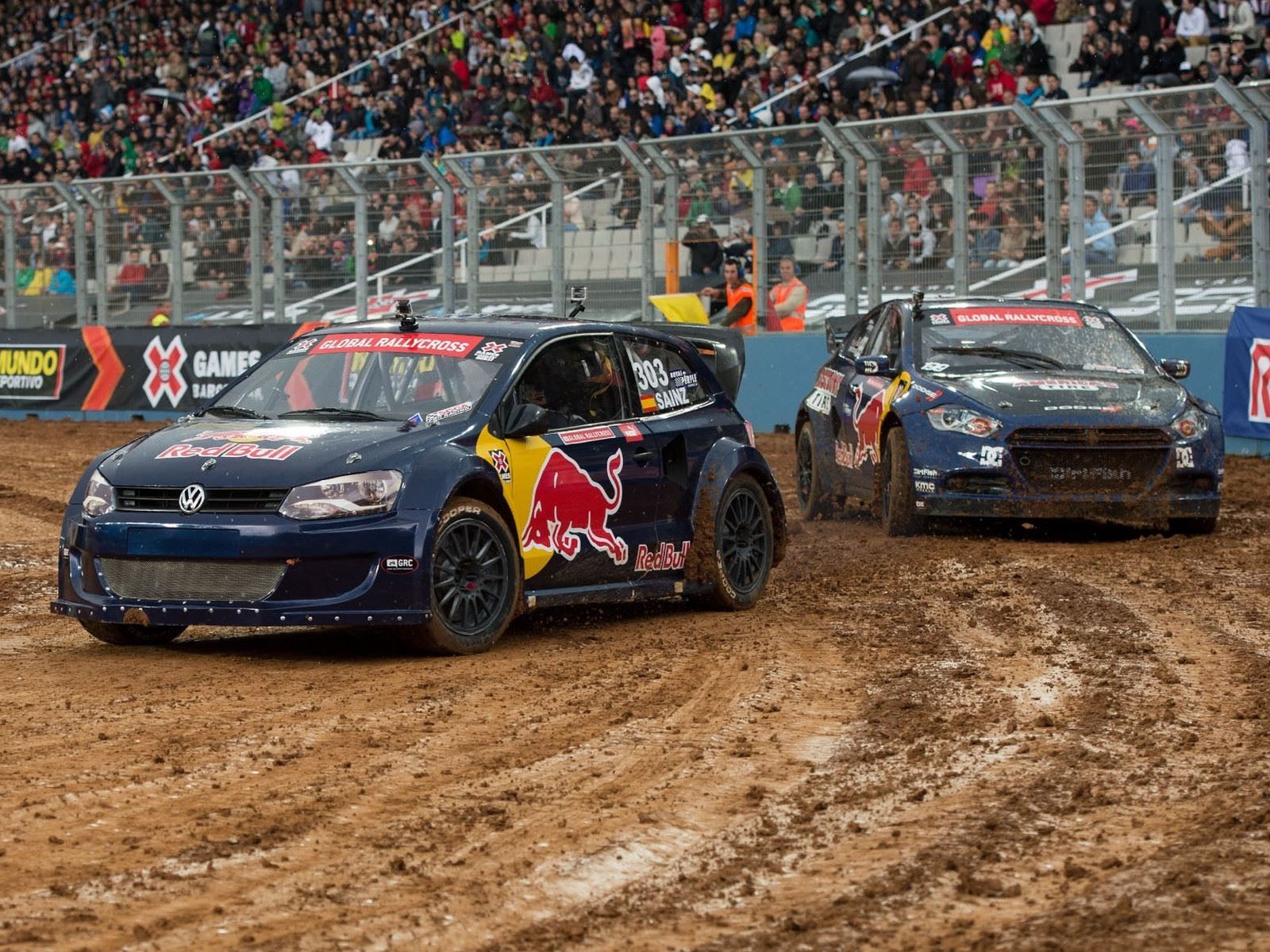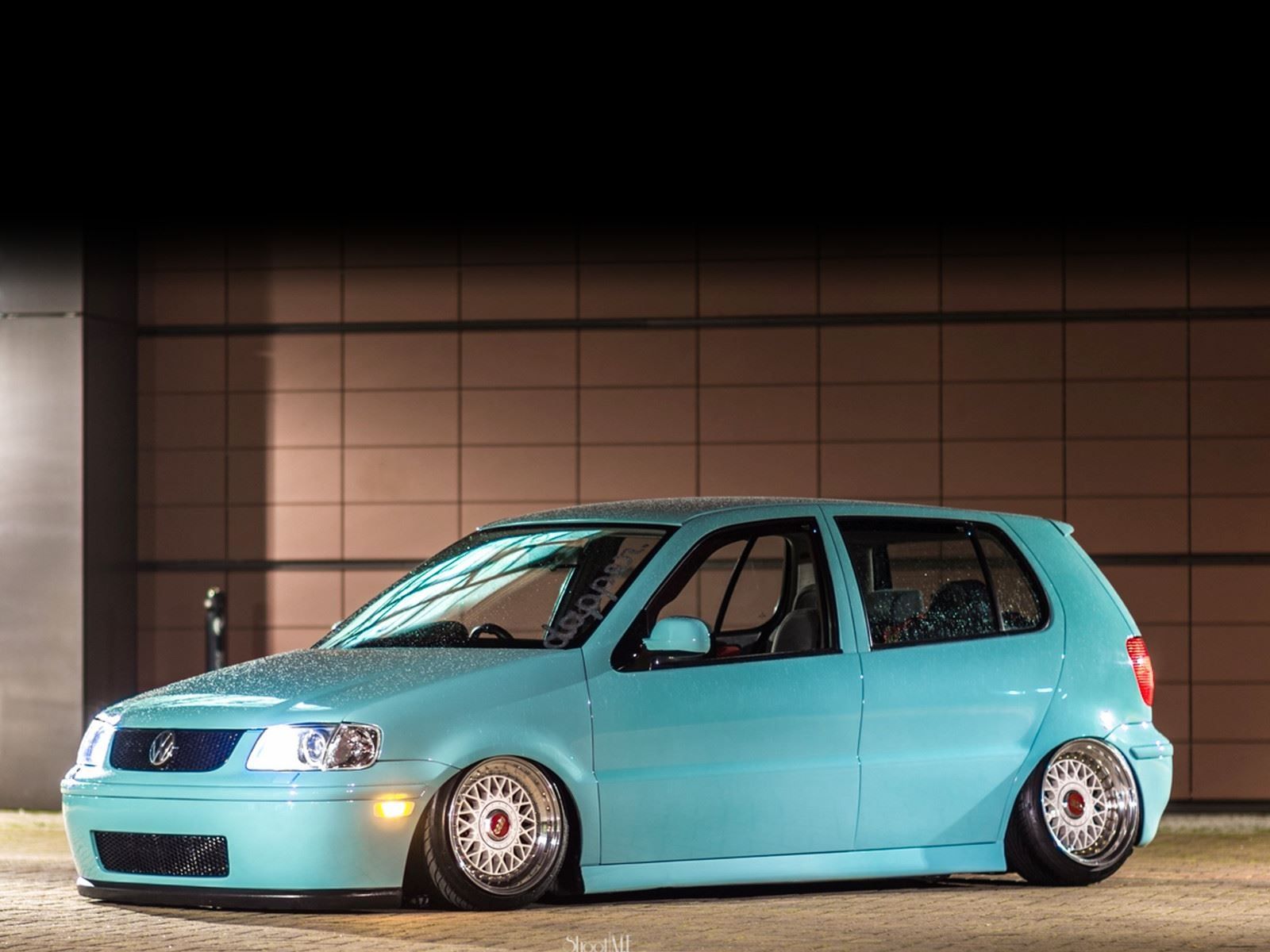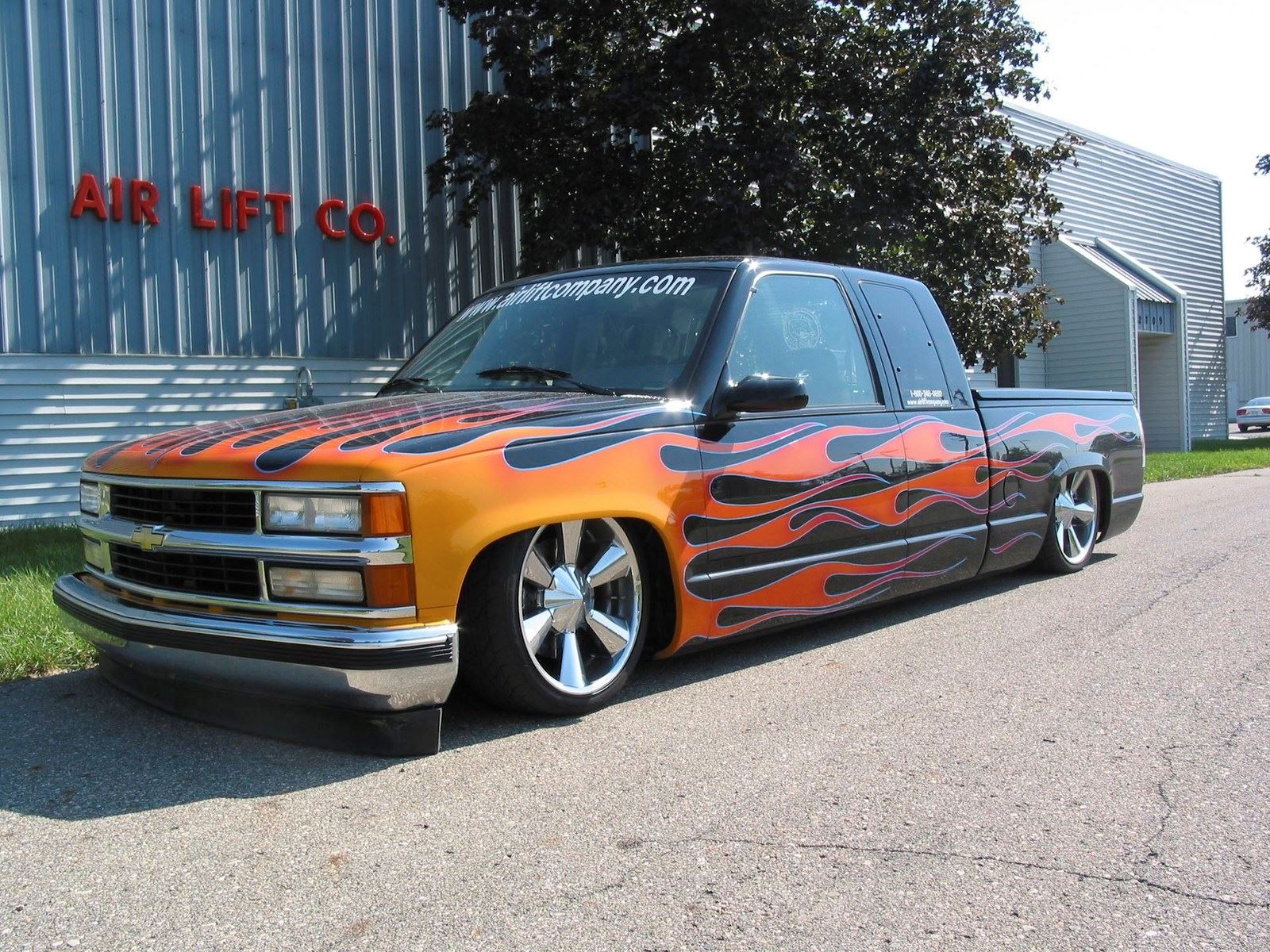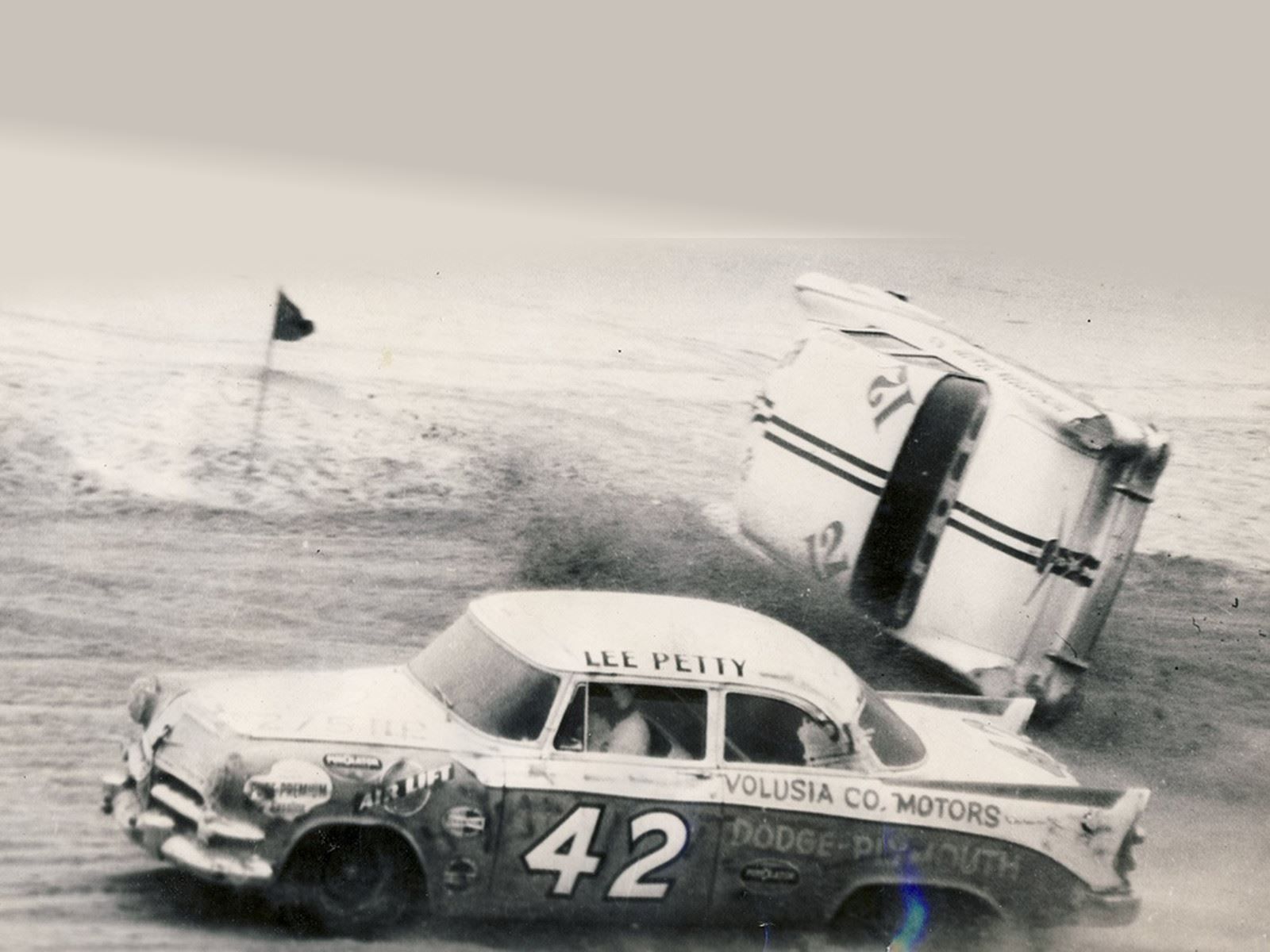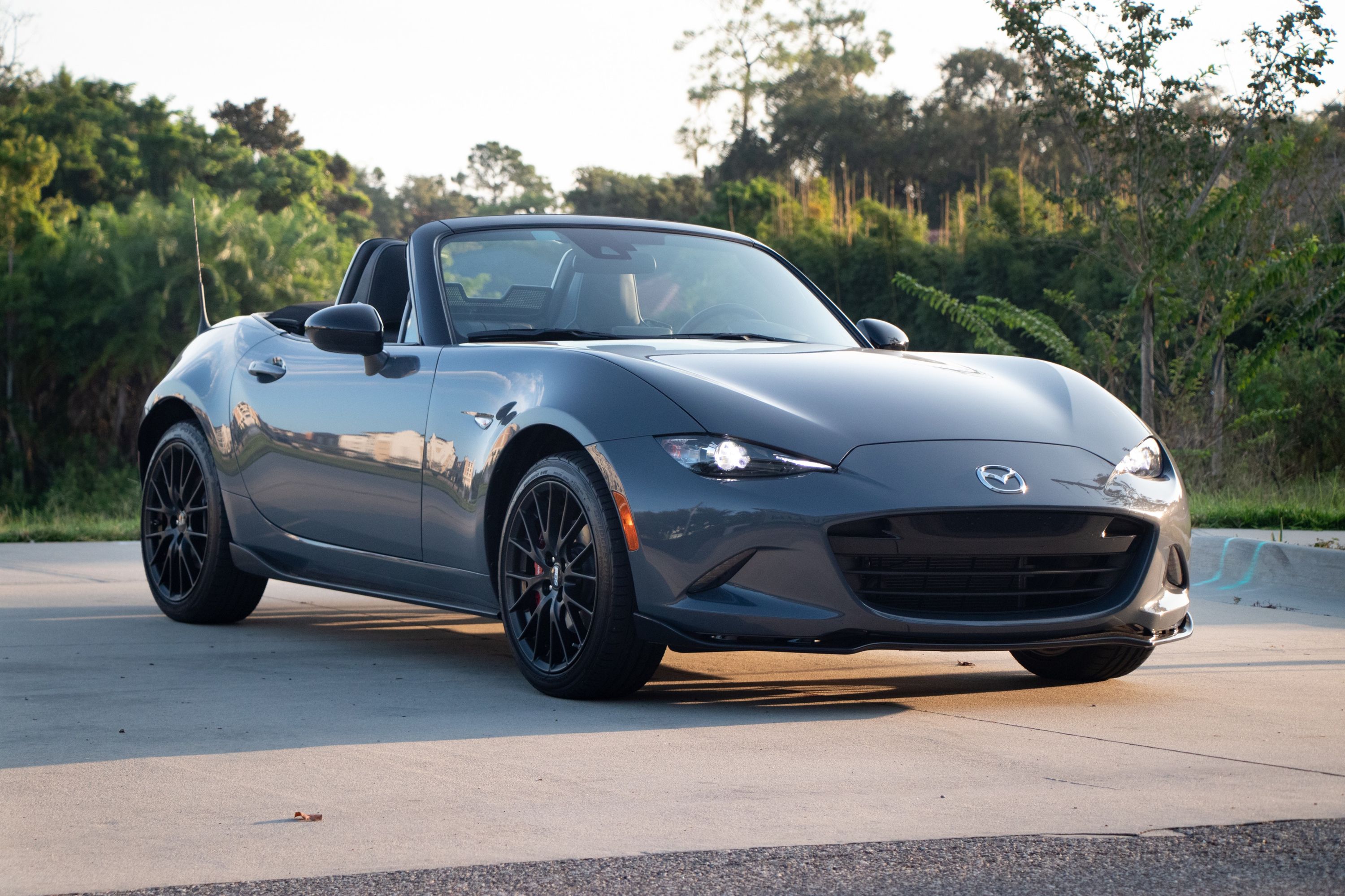
When it comes to OEM manufacturers and their suspension setups, we tend to leave them to their own devices. After all, hundreds of millions of dollars are spent on the development of their suspension systems to give us the best broad spectrum setup for the average end user. For cars that are traditionally performance biased, coil springs are more often than not the best option - tuned for specific amounts of body roll as in the Mazda MX-5 Miata.
Whereas comfort-biased models are oft equipped with air suspension – like the optional rear air setup on the Volvo S90 that irons out bumps as if they weren't even there to begin with. But when we take matters into our own aftermarket hands to get the best out of our rides, there's massive debate between which setup is the most beneficial – with the traditionalists swearing blindly that nothing beats coil springs, while a new generation of 'stancers' will swear that air suspension offers every performance benefit of coil springs and more, along with the added adjustability to raise and lower at will.
So Ultimately, Which Is Better?
When it comes to comfort, there can be no denying that a properly set up air suspension rig is vastly superior. Air is more compressible and adjustable, and copes better with a variety of surfaces in the real world when it comes to making sure comfort is first priority. But performance, what about that? If we're to decide which is best, we need to look at their usage in the toughest of scenarios – the most grueling situations where suspension setups are pushed to their limits and beyond. We've got to look at their use in motorsport. So let's say that you want to track your car – you want it to be as fast as possible, which setup do you choose?
Air Suspension In Motorsport
To many in the motoring scene, air suspension seems like a relatively new technology – something that's come to fruition in the last two decades from an aftermarket perspective. But the truth is, air suspension has been in use in motorsport right here in the US for more than 6 decades – sixty years – that's more than half the time the motorcar has been in existence. NASCAR has been the primary example of air suspension in racing, where since 1949 Air Lift suspension was the brand of choice.
Originally conceived after the second world war to assist trucks in carrying greater weights, it was exactly this principle that made air suspension favored amongst stock car racers. You see, back when NASCAR racers drove actual cars you could buy off a showroom floor, these guys were the top tier everyday drivers. But they didn't just hone their skills on dirt ovals, they honed them elsewhere, and the dirt oval driving helped hone their skills for their other line of work… moonshine running! The early days of stock car racing were also the golden era of shine running, and like many a historical great racing driver, side jobs were of slightly more illegal stature.
But when fully laden with moonshine, stock muscle cars were prone to severe suspension sag – which not only resulted in impaired handling, but also in the potential for breakage of the product. Air suspension was the answer – supplementing the standard suspension to bolster carrying capacity and provide a smoother ride to ensure product arrived unharmed. Since NASCAR drivers used their daily drivers for motorsports, the air suspension lived on in racing. It had its benefits though – the extra support under high loads and the ability to smooth out bumpy roads ensured greater levels of control and a lower likelihood of loss of control when encountering a mid-corner bump.
On the ovals of stock car racing, banked turns placed high loads on the suspension, and it was in this setting that air provided the same benefits as it did during late night shine runs – particularly when installed on the right hand side to counter the effects of the drawn out left hand turns. Under continuous load, air suspension provided exemplary support, but the need for consistency and reliability has resulted in modern NASCAR racers resorting to coil springs. Air suspension has found use in several other motorsports – albeit usually as the exception and not the rule – such as use in off-road Baja racing and even in the World Time Attack Challenge
Coil Springs In Motorsport
Coil springs are far more common in motoring and motorsport alike – first appearing on a road car all the way back in 1906. They've become the dominant suspension setup for most vehicles, due to the ability to predetermine behavior based on their construction, size, and how tightly wound the coils are. Their predictable behavior is the biggest drawcard – due to something called Hooke's Law – whereby springs when compressed expand back to their original dimensions and when drawn outwards, they retract back inwards to original dimensions.
Multi-rate springs feature custom winding that results in the ability to resist different amounts of compressive force with increasing or decreasing resistance – creating a suspension that can be tuned to handle multiple scenarios without the need to physically adjust the suspension – something air suspension can't quite mimic. Coil springs have thus found uses in many a form of motorsport – where they've been paired with specific shock absorbers, multi-rate dampers, gas struts with reservoirs and magnetorheological filling that can change its consistency at the mere press of a button. Everything from modern NASCAR to rallying, and endurance racing to GT racing utilize coil spring suspension.
Particularly in racing where roads are uneven, air suspension has been avoided as the constant, rapidly changing surfaces and compression have the potential to result in ruptured air springs – proving that the reliability of air suspension is secondary to that of a coil spring setup. Even Formula 1 cars – the current pinnacle of motorsport – utilize coil springs and shock absorbers; though they're mounted uniquely to the suspension setup via pushrods and bell cranks. If we're to believe motorsport – the ultimate test of a cars mechanical composition – then coil springs are the superior technology.
It's why Formula 1 uses it, it's why LMP cars use it, and it's why even NASCAR – the former proving ground for air suspension – now uses coil springs. The linearity of response, the predictability, and the reliability make coil spring suspension hard to ignore when it comes to performance.
And In The Real World?
Well in the real world, forces exerted on a vehicle are far less than those you'll find in motorsport. The lines are blurred far more when it comes to finding the better of two technologies. Air suspension provides a duality – comfort and performance at the flick of a switch, with the ability to raise and lower at will – whereas coil spring suspension is static – providing fixed ride height that may result in superior performance, but at the compromise of practicality and daily usability. If outright performance is what you're after – on the street and on track, nothing will beat a highly sophisticated coil spring setup with high end dampers.
However air suspension isn't to be knocked – a good setup can provide exceptional performance with the extra comfort benefits. But in terms of reliability and the ability to precisely tune it for pinpoint accuracy, air suspension – at least for the moment – plays second fiddle to coil springs. It turns out that sometimes the simplest idea is the best one after all.

